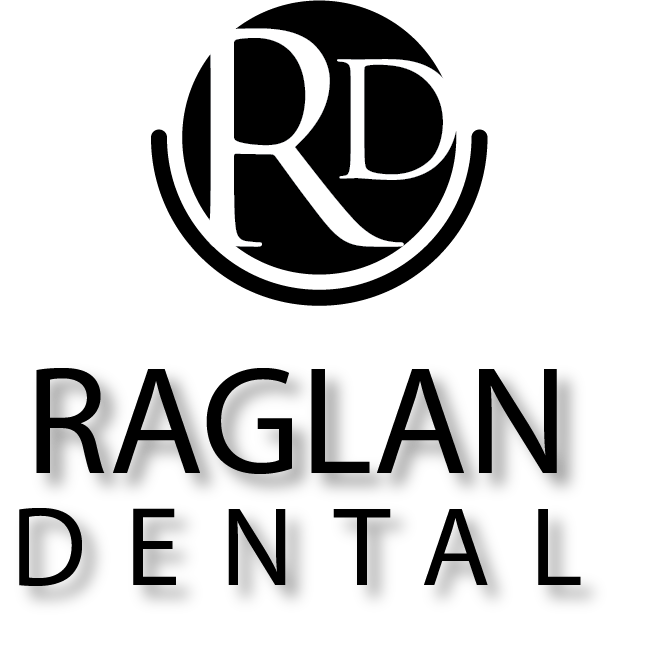In dentistry, “crown and bridge” refers to restorative treatments used to repair or replace damaged or missing teeth.
Crown
A dental crown is a cap that dentists place over a damaged tooth to restore its shape, size, strength, and appearance. Dentists use crowns for several reasons:
– To protect a weak tooth from breaking or to hold together parts of a cracked tooth.
– To restore an already broken tooth or a tooth that has been severely worn down.
– To cover and support a tooth with a large filling when there isn’t much tooth left.
– To hold a dental bridge in place.
– To cover misshapen or severely discoloured teeth.
– To cover a dental implant.
– To make a cosmetic modification.
Crowns come in various materials, including metal, porcelain-fused-to-metal, resin, or ceramic. The choice of material depends on the location of the tooth, the patient’s preference, and the dentist’s recommendation.
Procedure
For placing a crown, the procedure usually involves:
- **Preparation**: The dentist reshapes the tooth to make space for the crown.
- **Impression**: The dentist takes an impression of the tooth to create a model for the crown.
- **Temporary Crown**: The dentist places a temporary crown to protect the prepared tooth while the permanent crown is made.
- **Fitting the Crown**: The dentist removes the temporary crown and fits the permanent crown, then cements it in place.
Please note that for Same Day Crowns, steps 2 and 3 can be avoided.
Bridge
A dental bridge fills the gap created by one or more missing teeth. A bridge typically consists of two or more crowns for the teeth on either side of the gap (called abutment teeth) and a false tooth or teeth in between (called pontics). These false teeth can be made from gold, alloys, porcelain, or a combination of these materials and are supported by natural teeth or implants.
Bridges help:
– Restore your smile.
– Restore the ability to properly chew and speak.
– Maintain the shape of your face.
– Distribute the forces in your bite properly by replacing missing teeth.
– Prevent remaining teeth from drifting out of position.
Procedure
For a bridge, the process typically involves:
- **Preparation**: The dentist prepares the supporting tooth/teeth by creating some space to allow room for a crown to be placed over them.
- **Impression**: The dentist takes an impression to create a model for the bridge.
- **Temporary Bridge**: The dentist places a temporary bridge to protect the prepared teeth while the permanent bridge is made.
- **Fitting the Bridge**: The dentist removes the temporary bridge and fits the permanent bridge, then cements it in place.
Both crowns and bridges effectively restore the function and aesthetics of damaged or missing teeth. Regular dental visits and good oral hygiene are essential to ensure the longevity of these restorations.
